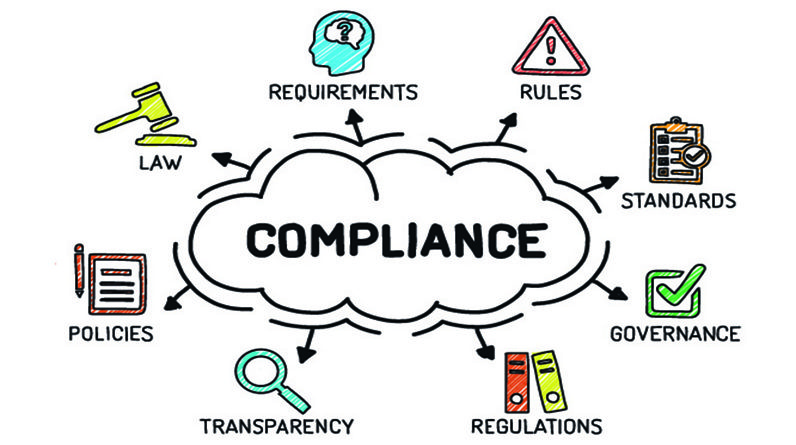The US Department of Labor today announced a notice of proposed rulemaking that would restore and extend overtime protections to 3.6 million salaried workers. The proposed rule would guarantee overtime pay for most salaried workers earning less than $1,059 per week, about $55,000 per year. The proposed rule would do the following:
- Restore and extend overtime protections to low-paid salaried workers. Many low-paid salaried employees work side-by-side with hourly employees, doing the same tasks and often working over 40 hours a week. But because of outdated and out-of-sync rules, these low-paid salaried workers aren’t getting paid time-and-a-half for hours worked over 40 in a week. The department’s proposed salary level would help ensure that more of these low-paid salaried workers receive overtime protections traditionally provided by the department’s rules.
- Give workers who are not exempt executive, administrative or professional employees valuable time back. By better identifying which employees are executive, administrative or professional employees who should be overtime exempt, the proposed rule will better ensure that those who are not exempt will gain more time with their families or receive additional compensation when working more than 40 hours a week.
- Prevent a future erosion of overtime protections and ensure greater predictability. The rule proposes automatically updating the salary threshold every three years to reflect current earnings data.
- Restore overtime protections for US territories. From 2004 until 2019, the department’s regulations ensured that for US territories where the federal minimum wage was applicable, so too was the overtime salary threshold. The department’s proposed rule would return to that practice and ensure that workers in the US territories subject to the federal minimum wage have the same overtime protections as other US workers.
Upon publication in the Federal Register, the notice of proposed rulemaking will be open for public comment for 60 days. The department will consider all comments received before publishing a final rule. Learn more about the proposed rule and instructions for submitting comments.






